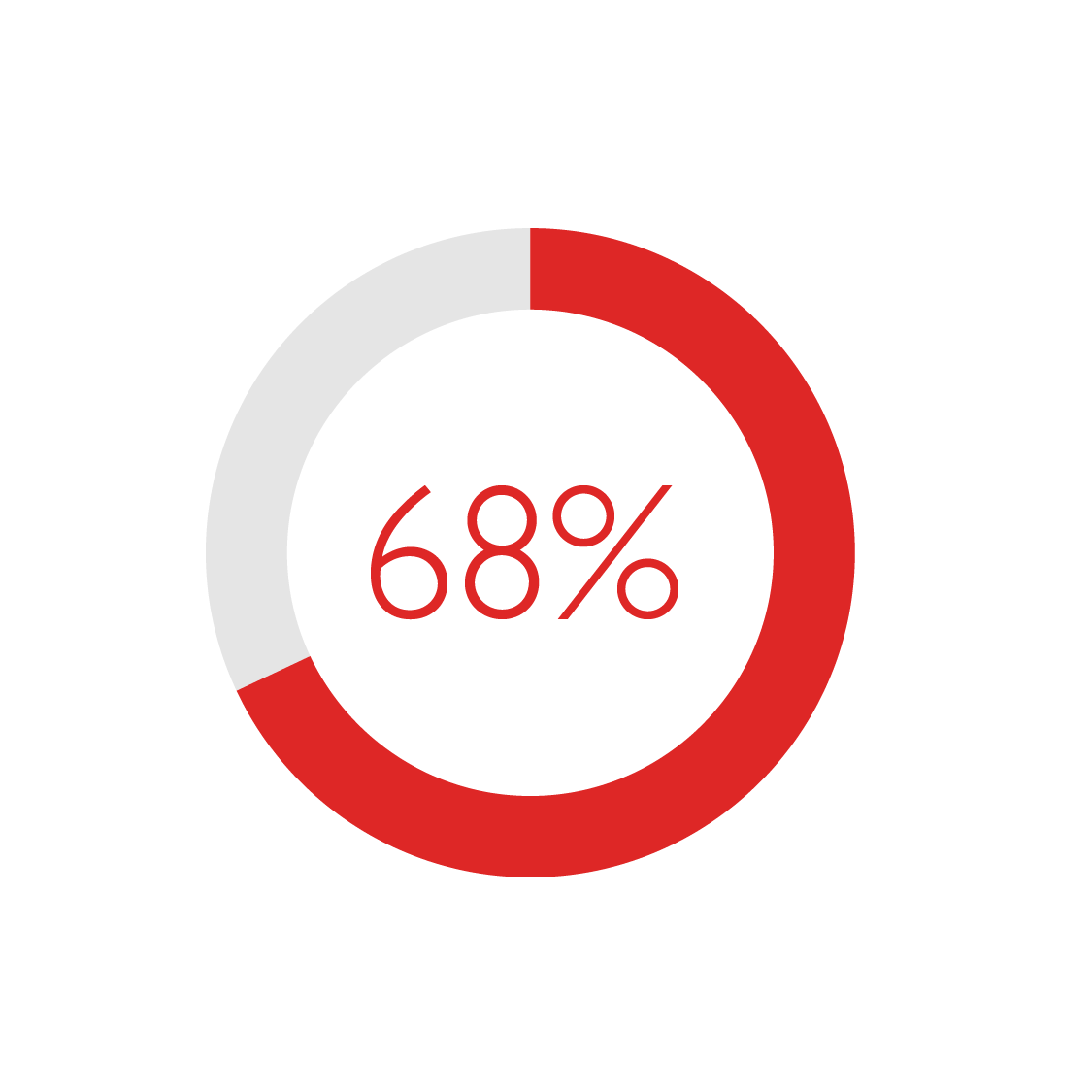Health Infographic
Infographic: Sepsis Awareness and Prevention
Wash Your Hands. Stop Infection.
The time to stop sepsis is now.

Health Infographic
The time to stop sepsis is now.


1.7 million adults in the U.S. develop sepsis every year.

350,000 adults die or are moved to hospice as a result.

Up to 50% of sepsis survivors suffer from long-term physical and/or psychological effects.

did not feel confident that they knew the early signs of sepsis.

had sepsis or knew someone who had sepsis.

Fever

Severe chills with shaking

Confusion

Slurred speech

Rapid heartbeat

Shortness of breath

Clammy/sweaty skin

Skin rash

Has not urinated in 12 hours or longer

Extreme pain/muscle discomfort

Wash your hands.

Keep cuts clean and covered until healed.

Manage chronic conditions.

Get recommended vaccines.